I remember it clearly.
I was lounging on the couch, 6 months pregnant, when I went to sit up and saw my tummy muscles bulge out.
And it wasn’t what I was used to seeing pre-pregnancy when I forgot to engage my abdominal muscles. They bulged AND there was a groove between them.
That’s when I realized I had diastasis recti, or abdominal separation.
Despite all my attention to alignment, good posture, proper body mechanics, and not over-training or improperly firing my abdominal muscles.
I was pretty disappointed, especially with my background in Pilates. But it made me wonder, given that your belly grows (a lot!) during pregnancy and our bodies are designed to accommodate this… is it a normal part of pregnancy?
I asked my friend, and physiotherapist, Marika Hart to weigh in and answer that question and share her thoughts on a few others:
Is diastasis recti normal in pregnancy?
Can Pilates during pregnancy prevent diastasis recti? Or help it heal faster postpartum?
What exercises can help heal diastasis recti?
(And I’ll give you an update on my diastasis recti below.)
Is diastasis recti normal in pregnancy?
Great question Lily!
I get asked questions about diastasis pretty much on a weekly basis.
Many women have read things online and are concerned that they might do the wrong things and make their diastasis worse. They worry about developing a “mummy tummy” but don’t know whether to exercise or not.
So first and foremost, I would like to reassure you: A gap in your tummy muscles is normal in pregnancy.
It is there because the linea alba (the connective tissue that connects the two sides of your 6-pack muscles) has to stretch to accommodate the growing baby. Research shows that between 66-100% of women have a diastasis of rectus abdominis (DRA) in the third trimester (it depended on how they measured it as to whether or not they thought it was significant).
So if you are pregnant and notice a gap…don’t panic.
The good news is that most people recover well after the birth. In fact, a study of 300 women in Norway showed that at one year postnatal only 31% had a mild DRA (2-3 fingerwidths) and 1.1% had a moderate DRA (3-4 fingerwidths). None in that study had a severe diastasis.
If you do have a diastasis, find yourself a physical therapist or fitness professional who specializes in the postnatal population. As a physical therapist myself, I come across many women with a diastasis postnatally who do really well with appropriate exercise and advice.
But let’s get back to the pregnancy side of things.
Can Pilates During Pregnancy Prevent Diastasis Recti? (or help it heal faster postpartum?)
This is a tricky one to answer.
Anecdotally I can say that the ladies who regularly attend my pregnancy classes do very well postnatally, and I’m sure that Lily finds that her pregnant ladies also do really well from performing regular Pilates classes. [Note from Lily: Yes I do!]
But is it the exercises themselves or the fact that those who exercise in pregnancy are probably already fit and active prior to being pregnant? We honestly don’t know.
I dove into the research to find out if there was any evidence that exercise in pregnancy could help reduce the incidence of diastasis. I came across only 2 useful studies – both with limitations, but both indicating that exercise is probably beneficial.
One study by Candido et al (2005) of 208 women looked at the risk factors associated with DRA.
They found that:
- women that did not exercise regularly had a 2-fold increased risk of DRA
- women who had no/mild diastasis postnatally were more often engaged in vigorous exercise (3x/week or more) or regular walking/exercise (2x/week or less) compared to those with moderate/severe diastasis.
Sounds promising.
Another study performed in 2005 by Chiarello et al, looked at the effect of exercise on the incidence of DRA in 18 women – 8 of whom did regular exercise for 6 weeks and 10 that didn’t.
The exercise group performed a 90-minute weekly exercise program for a duration of 6 weeks. The exercises consisted of:
- deep abdominal static contractions
- theraband arm exercises
- theraband leg exercises
- pelvic tilts in supine and standing
The results were impressive:
- of the 8 women in the exercise group, only 12.5% (ie one woman) had a DRA
- of the 10 women in the non-exercise group, 90% had a DRA
Don’t these exercises sound quite a lot like things we do in pregnancy Pilates?
While diastasis remains a hugely complicated topic (believe me, we have EPIC conversations on diastasis in the physiotherapy forums!), the general consensus seems to be that exercise is good for tummy muscles.
The next part of that conversation is – well, which exercises are helpful for diastasis recti?
I believe that a lot of the Pilates repertoire can be modified beautifully for pregnancy, taking into account the physiological changes that take place.
In my opinion, many different exercises can be beneficial as long as they are performed well.
Here’s an example of an exercise that’s helpful for preventing or healing diastasis recti. I call it the superman, but I have heard it called swimming, bird-dog and all manner of names. (I like “Superman” best!).
Superman Exercise for Diastasis Recti
The Superman is great because it enables your abdominals to work against gravity. Many women find that the weight of the baby actually gives a nice bit of resistance to lift up against. So this is how you do it.
1. Positioning is key. Get yourself on all fours with hands under shoulders and knees under hips. Your spine should have a gentle inward curve towards the bottom. Gently lift your breastbone away from the floor and lengthen the back of your neck, keeping your chin gently tucked in. You should be looking down at the floor, at a spot between your hands.
2. Take a breath in to prepare. As you exhale, gently draw your pelvic floor muscles up in the direction of your head, and extend one arm and the opposite leg away from each other. Don’t be tempted to lift the leg too high as you may arch your lower back excessively.
(For most people, activating the pelvic floor will also create some tension in the deep abdominals. If you do not feel this, then gently draw your lower tummy up towards your spine, along with the pelvic floor contraction. The contraction should be gentle – around 30% maximum and you should still be able to breathe as you perform the movement)
3. Inhale to hold the position, and then exhale to return to the starting position. Alternate sides and repeat x10.
Find a Qualified Instructor
The above exercise is only one example, but there are countless other restorative exercises that, when performed in a structured program (and with good form!), work together to help you prevent or heal diastasis recti.
The key thing – with the Superman exercise or any others you’re trying – is to make sure that you have a fully qualified instructor to help you through this journey.
If you cannot find someone like myself local to you, then check out an online program, such as MuTu. Or, if you are a more seasoned athlete (and especially if you enjoy lifting), consider BIRTHFIT. [Full transparency: I’m an affiliate for both of these comprehensive programs.]

In an endeavor to help more women around the globe have better pregnancies, births and recoveries, she started an online business called Herasphere, which provides online education and exercise programs for pregnancy. Marika is a mother of two, a 3rd Dan in Taekwon-Do and loves the beach.
Many thanks to Marika for sharing her knowledge.
For those of you who have followed my work for years, you know I’m extremely picky about what I endorse.
Having gone through the MuTu program personally, I highly, HIGHLY recommend it to other moms (pregnant or postnatally).
Until next week,
Lily
PS – Despite my Pilates background and intense attention to my alignment, I had mild diastasis recti during pregnancy (which, as Marika says, is quite normal), but at the time I was scared that it wouldn’t heal.
By following the MuTu program, I knew exactly what to do to help coax those muscles back into their normal function.
And luckily, my diastasis recti was completely healed within my first month postpartum.
Here’s where you can learn more about the program here.

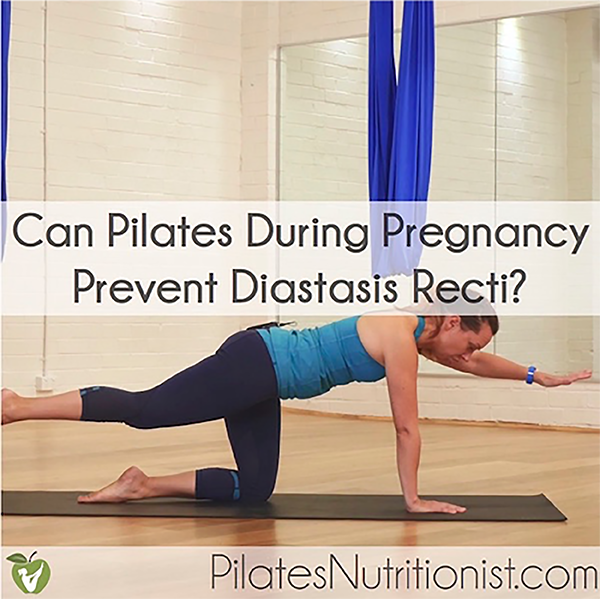
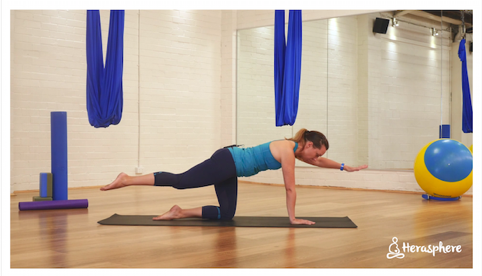
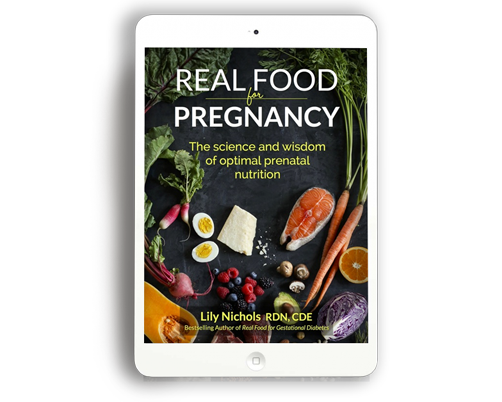





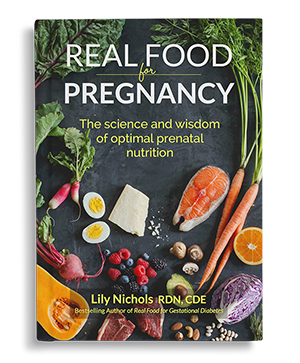
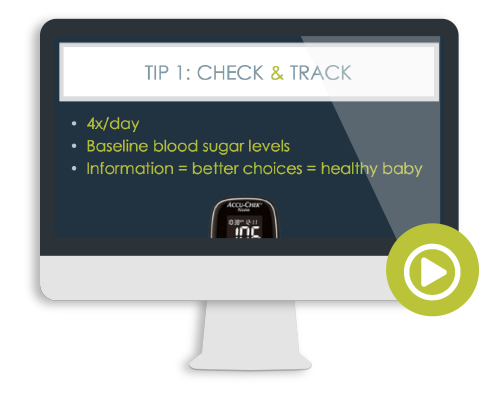
It’s so reassuring to hear that this went away for you within your first month postpartum, Lily. It’s as if we needed one more thing to worry about during pregnancy! Also, thank you Marika for this thoughtful post. I’ve been doing Pilates for several years and I’ve been searching for ways to adapt my routine for pregnancy so this is ideal.